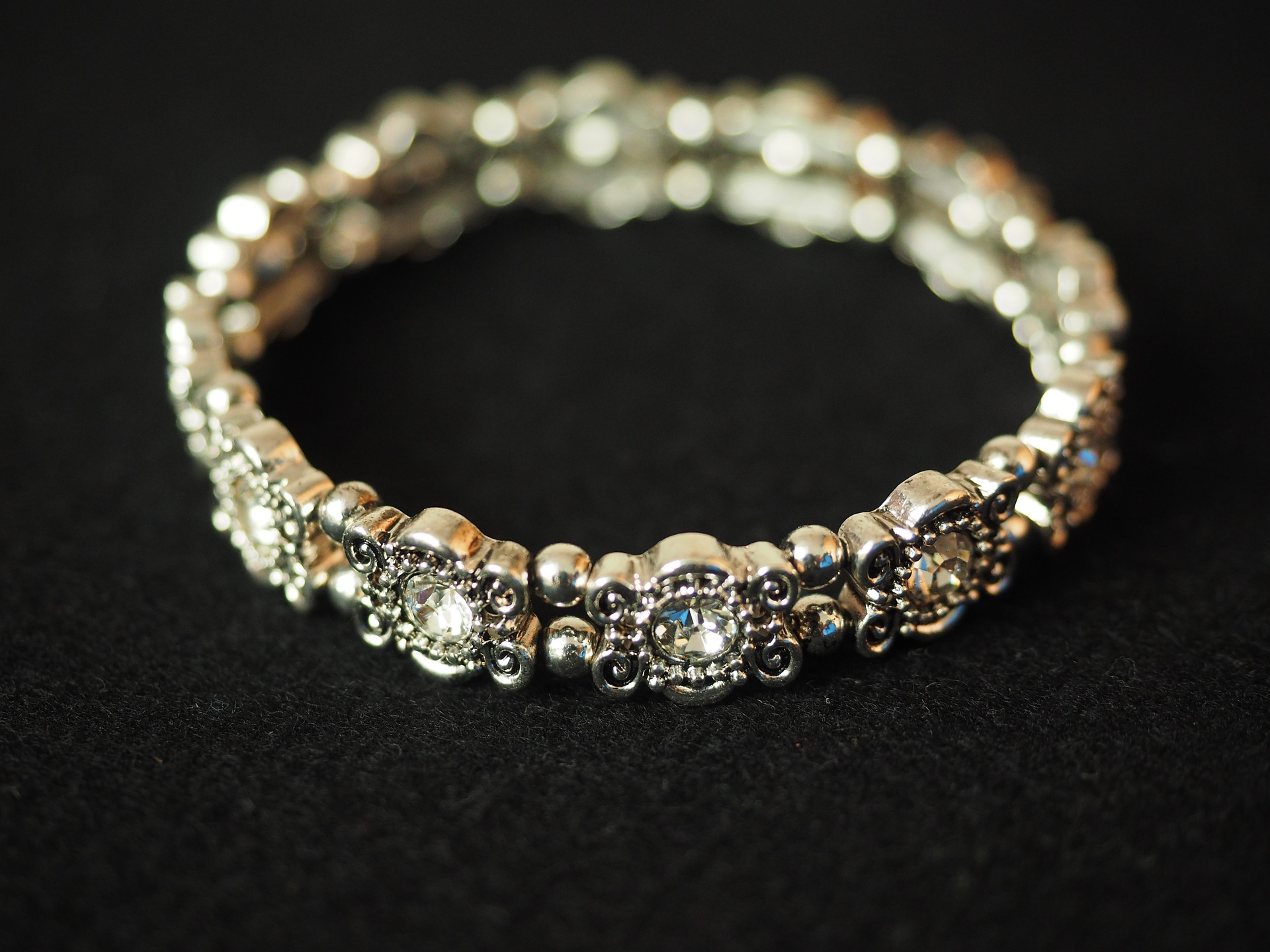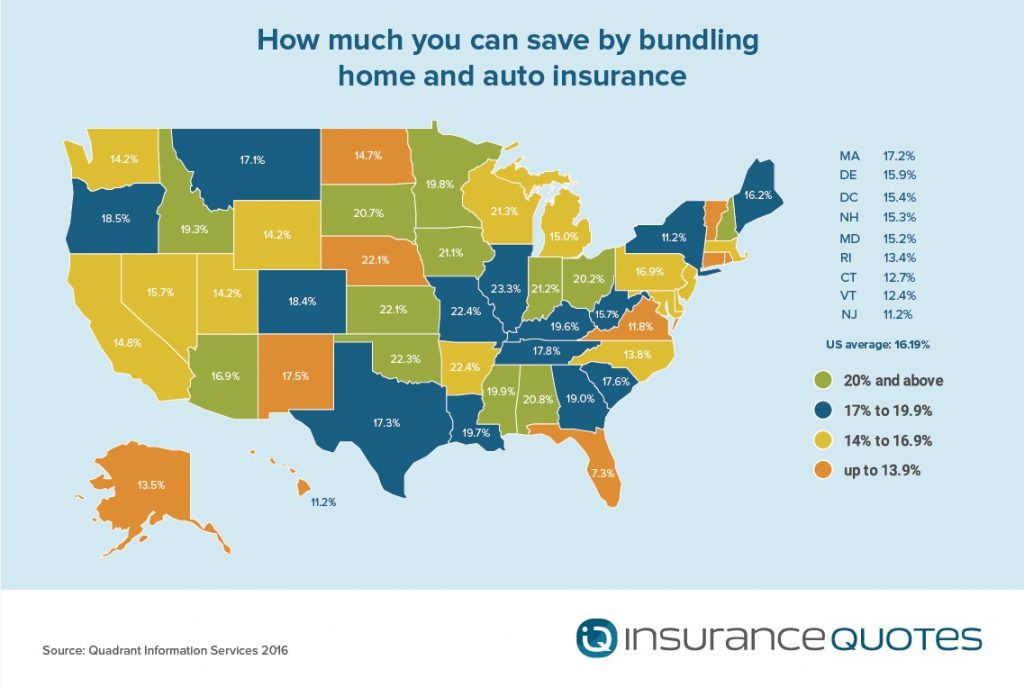
Homeowners insurance is an absolute must for anyone who owns a home. Like most insurance types, it’s nice to have and never use it, but having it will help you sleep better at night. As an agent, you probably tell your clients that with this type of insurance, should anything happen to their home – burglary, fire, or other types of disasters – they’ll be taken care of and they will be able to rebuild or repurchase anything lost in such events. However, some people may have things that have high value, such as jewelry and art. In many cases, a general homeowners policy will definitely not cover the full value of expensive items like this. If you know a client who has such items (or perhaps, you should ask them), then you should tell them about insuring valuables for specific art or jewelry with insurance riders. Most homeowners’ valuables can be insured with a separate insurance rider.
Whether you want to offer them an added rider or a policy is up to you. As their agent, you know your clients individually, and what suits their needs. However, when selling this type of rider or insurance, you need to tell them a few things. Many people may not know a lot about insuring their expensive items, so you need to tell them these 4 things clients should know about insurance policies for jewelry and art.
1. Homeowners’ Insurance Might Not Fully Cover Art and Jewelry
When you try to offer valuable items insurance or an added rider to your clients’ policy, you might hear them say, “But doesn’t my policy already cover that?” You should, of course, take this time to explain to them that homeowners’ policies have a limit. With art and jewelry, this limit is usually about $2,500. If their items cost more than this, then they won’t be able to make a claim for more than the limit.
You can probably already guess – $2500 isn’t a lot when it comes to art and jewelry. Add to the fact that art appreciates in value and for some, it can even be a form of investment, then a standard policy really won’t cover the cost to replace such items. While things like engagement rings or heirlooms are priceless and irreplaceable, having the money to buy a new piece should somewhat ease the pain of losing such items, and allow your clients to make new memories and pass down the new items to their children and grandchildren when the time comes.
2. Items Should be Reappraised Every Few Years
Another thing you need to tell clients when insuring jewelry and valuables is that they not only need to have their items appraised at the start of the policy, but also every few years. Why? Insurance covers the fair market value of a product and coverage is adjusted yearly, based on the Consumer Price Index. Things like gold, for example, tend to rise in value, as well as art, depending on the market and the artist. If, for example, a client’s painting or sculpture becomes highly valuable (for example, over $50,000), then they may need to get that item’s coverage adjusted or get a separate insurance policy. In many cases, if an item increases in value, some insurance policies can cover as much 50% over what the owner origanally paid for it.
In any case, having valuable items appraised every year can be a good investment. Owners of such high-value items should know how much they are currently worth, and if needed, know how much they can sell them. They may want to sell some items and reinvest in other types of art, jewerly, or financial items. Or if they leave them to heirs, then the heirs can properly report the value to the IRS.

3. A Valuable Items Rider Can Cover Other Items Too
One thing your clients may not know is that a valuable items rider added to home insurance can cover other things too, not just art and jewelry. While they may want to get the rider specifically for jewelry and art, they can also cover:
- Expensive camera equipment
- Furs
- Crystal and china
- Personal computers
- Stamps and collectible coin
- Musical instruments
- Golf equipment
Of course, if they do want to make sure these valuables are covered by their rider, they must list or schedule these items and of course, have the proof of value or appraisal.
And as a bonus, some riders may even cover “mysterious disappearance”, for example, if the diamond from an engagement falls out (which happens more often that you think – a search for “diamong fall off ring” on Google returns about 40,600,000 results).
4. Insurance Policies for Jewelry and Art Aren’t Very Expensive
The truth is, compared to the actual value of most expensive jewelry and art, valuable items riders and policies aren’t very expensive. Sure, they can be tedious and have other costs associated with them, but once they imagine what they’ll actually lose should their items become damaged or stolen, then they might realize how affordable it is. No one wants to imagine what it’s like to lose their heirloom engagement ring, but it’s nice to know that they’ll get at least some compensation if it happens for as little as a few hundred dollars a year.
High value items aren’t fully covered by home insurance policies, which is why you should tell your clients if you think they need an additional rider or policy to insure their jewelry and art. While they may see this as a play to get more business from them, as an agent, it is your duty to explain to your clients such things. That way, they are fully informed and they can make the decision themselves if they should or shouldn’t buy insurance policies for jewelry and art, “just in case.”






